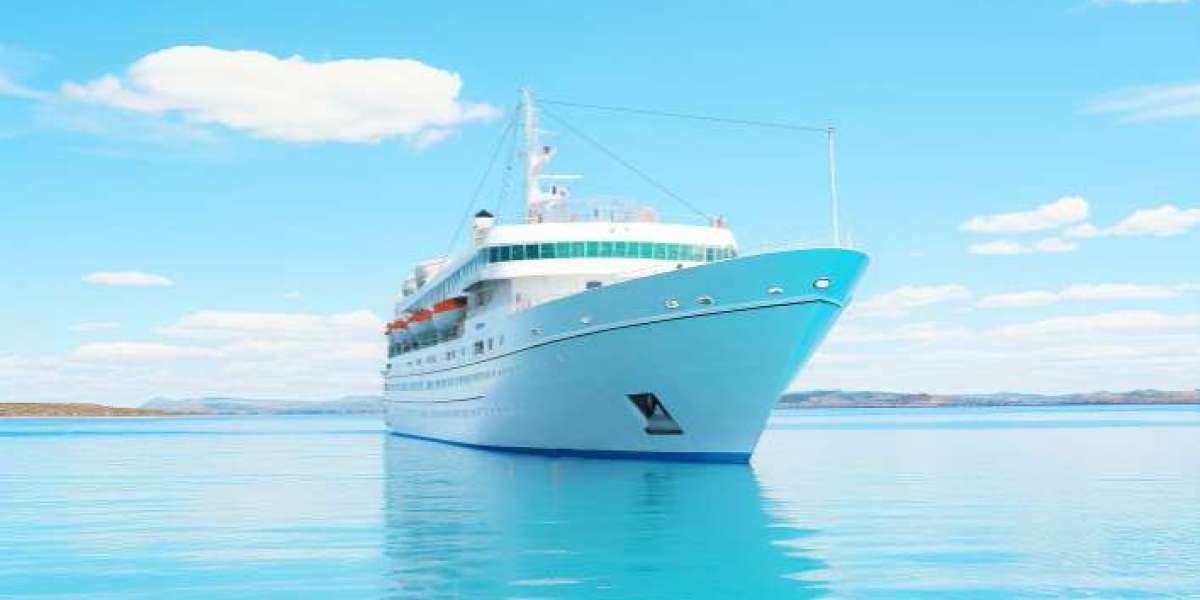Ships have been the cornerstone of global trade and exploration for centuries, and their design and structure are a marvel of engineering. A ship is more than just a large floating vessel; it’s a complex system of various components that work together to ensure the vessel’s functionality, stability, and safety. Whether it’s a cargo ship, a cruise liner, or a naval vessel, understanding the parts of a ship helps us appreciate how these massive machines operate.
In this blog, we will take a deep dive into the key parts of a ship, exploring their functions and how they contribute to the overall performance of the vessel.
1. Hull
The hull is the main body of the ship, providing the structural foundation that supports the entire vessel. It is designed to keep the ship buoyant and stable in the water. The hull is made of strong materials like steel or aluminum and is built to withstand the immense pressures of both the water and the load it carries. The shape and design of the hull are crucial for the ship’s speed, maneuverability, and fuel efficiency.
- Types of Hulls: Different types of hulls are designed for various purposes. For example, a "displacement hull" is used in slower ships, where the hull displaces water as it moves. In contrast, a "planing hull" is designed to skim over the water and is often used in high-speed boats.
2. Deck
The deck is the flat surface on the top of the ship's hull where most of the activities take place. It serves as the foundation for the ship's superstructure and is where crew members and passengers perform their daily duties.
- Main Deck: The main deck is the primary level and provides the most usable space for passengers and crew. On larger vessels, it can include multiple levels.
- Upper Deck: The upper deck typically houses the bridge, the captain's quarters, and other essential control rooms.
- Lower Deck: The lower deck is where the ship's cargo holds, machinery spaces, and crew accommodations are located.
3. Bow
The bow refers to the front or the forward part of the ship. It is designed to cut through the water, allowing the ship to move efficiently and reduce drag. The shape of the bow is especially important for the ship’s speed and handling. In most modern ships, the bow is pointed to help navigate through waves and currents.
4. Stern
The stern is the rear end of the ship. It plays an essential role in the ship's maneuverability. The stern contains the rudder and propeller, which are used to control the ship’s direction and speed. The stern also houses the ship's aft or the lower part of the rear, which can sometimes include additional features like a dock for smaller boats.
5. Bridge
The bridge is the command center of the ship, where the captain and crew manage navigation, communication, and control of the vessel. It is typically located at the top of the ship's superstructure and has windows to provide a clear view of the surrounding waters. On large ships, the bridge is equipped with advanced navigation equipment like radar, GPS, and sonar to ensure safe and efficient travel.
6. Rudder
The rudder is a flat, vertical piece of metal located at the stern of the ship, designed to steer the ship. By turning the rudder, the ship changes its direction. When the rudder is angled to the left or right, it redirects the flow of water, causing the ship to turn in the corresponding direction. The rudder works in conjunction with the ship’s propeller to help maneuver the vessel.
7. Propeller
The propeller is a critical part of the ship’s propulsion system. Typically located at the stern, the propeller consists of rotating blades that push water backward, propelling the ship forward. The engine drives the propeller, and the shape and size of the blades are designed to maximize efficiency and speed. In larger ships, multiple propellers may be used to provide greater power and maneuverability.
8. Engine Room
The engine room houses the main engines that power the ship. This area contains the ship’s power generation system, which drives the propellers and provides electricity to other ship systems. The engine room is also home to various auxiliary systems, including fuel pumps, lubricating oil systems, and air conditioning units.
- Main Engines: These are typically large diesel engines or gas turbines, which provide the primary power for the vessel’s movement.
- Auxiliary Engines: These engines provide power for non-propulsion-related systems, such as lights, air conditioning, and communication systems.
9. Cargo Hold
The cargo hold is the area within the hull of the ship used for storing cargo. On cargo ships, the holds are specifically designed to maximize space and ensure the safe transport of goods. Cargo holds may be open or enclosed, depending on the type of cargo being transported. They are equipped with various systems for loading and unloading goods, such as cranes, conveyors, and winches.
10. Funnels (Smoke Stacks)
Funnels, also known as smoke stacks, are used to vent exhaust gases produced by the ship’s engine. These large chimneys are positioned high above the deck to release smoke and fumes from the engine room, allowing fresh air to enter and keep the engine room safe for operation. Funnels also contribute to the ship's distinctive look and can vary in design depending on the ship type.
11. Keel
The keel is the backbone of the ship’s hull, running along the bottom from the bow to the stern. It serves as the primary structural component that helps maintain the ship’s stability and ensures it doesn’t capsize. The keel is often reinforced to withstand the stresses of ocean voyages and provides a foundation for other parts of the ship's structure.
- Types of Keels: There are different types of keels, including full keels, fin keels, and bilge keels, each designed for different purposes based on the ship’s size, weight, and purpose.
12. Mast
Masts are tall vertical structures on the ship, primarily found on older sailing ships or vessels with masts for communication purposes. In sailing vessels, the mast supports the sails and rigging that capture the wind to propel the ship. In modern ships, the mast may be used for holding radar, antennas, and other communication equipment.
13. Bulkheads
Bulkheads are vertical walls inside the ship that divide it into different compartments. These walls provide structural support and are also essential for safety, helping to contain water in case of leaks or damage to the hull. Bulkheads can prevent the ship from sinking by isolating flooded areas from the rest of the vessel.
Conclusion
Understanding the parts of a ship is essential for anyone interested in maritime transport or naval engineering. Every component, from the hull to the propeller, works in tandem to ensure that a ship moves smoothly, safely, and efficiently across the water. Whether it’s navigating the vast oceans or transporting goods between continents, each part of a ship serves a crucial role in making modern shipping and travel possible. The complexity and functionality of ships represent the incredible advances in maritime engineering and the vital role these vessels play in global commerce and exploration.


